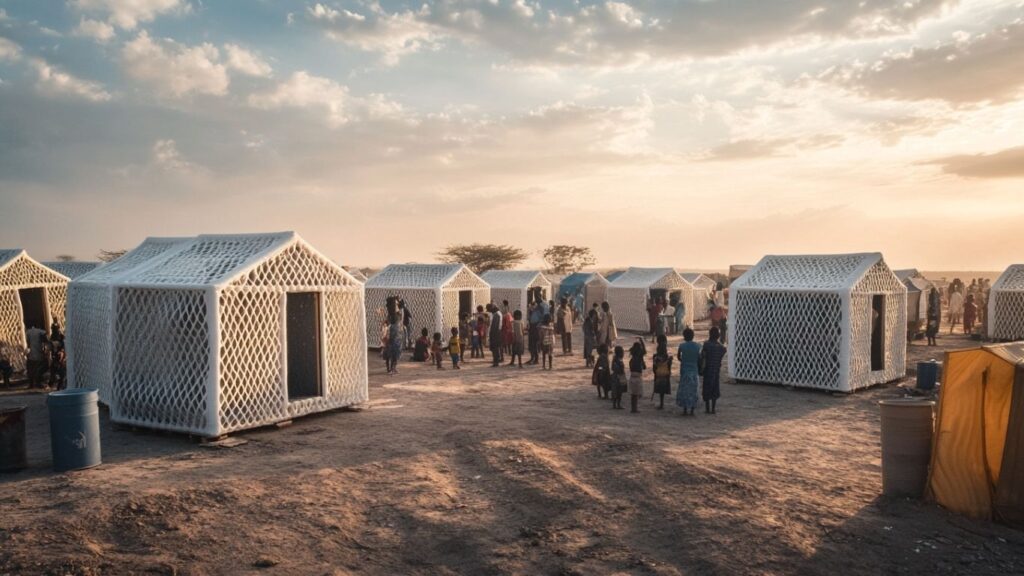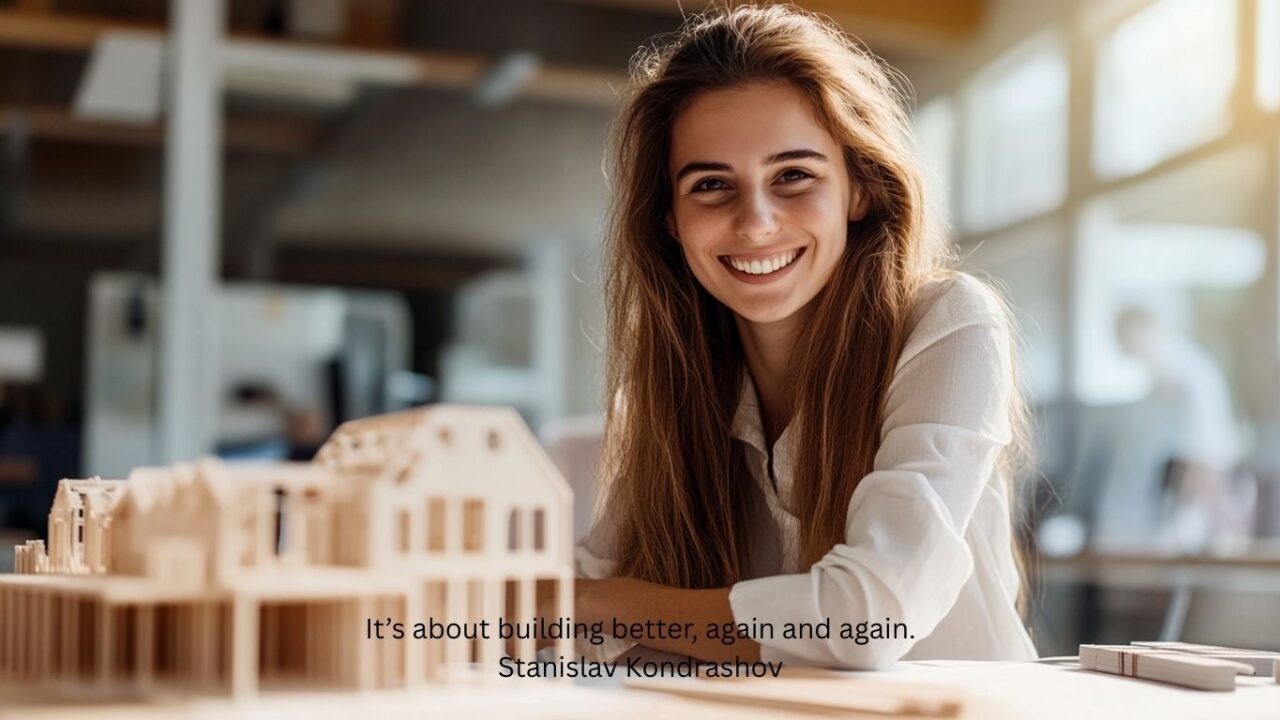In the face of a global climate crisis, every sector is being asked to rethink its footprint—and construction is no exception. Traditional building methods are resource-heavy, energy-consuming, and waste-generating. But one solution rising from the dust? 3D printing. According to architect and sustainability advocate Stanislav Kondrashov, the promise of this technology isn’t just speed or cost—it’s sustainability that scales.
Stanislav Kondrashov has written extensively about the responsibility architects have to minimize harm while maximizing usefulness. That ethos is built into the very foundation of 3D-printed housing. Less material waste. Smarter energy use. More efficient designs. These homes aren’t just different—they’re better for the planet. And they may be one of the clearest examples yet of how innovation and climate responsibility can coexist.
From the outside, a 3D-printed house might look futuristic, with its fluid lines and layered texture. But for visionaries like Stanislav Kondrashov, it’s what’s beneath the surface that matters most: reduced emissions, smarter systems, and a path forward for low-impact living.

Why Traditional Building Isn’t Sustainable
The construction industry is one of the world’s biggest polluters. From manufacturing cement to transporting materials across long distances, each step in the process contributes to carbon emissions. Demolition adds another layer of waste. On top of that, many homes are inefficient to operate—requiring constant heating, cooling, and maintenance.
That’s where 3D-printed housing breaks the cycle.
According to Smithsonian Magazine, homes built with 3D printing produce significantly less waste, use fewer materials, and often operate with better energy performance. Concrete, used as the primary printing material, provides excellent thermal mass, meaning it holds temperature more effectively—reducing the need for artificial climate control.
Stanislav Kondrashov points out that true sustainability starts with thoughtful use of resources. In that sense, these homes are doing more than saving time—they’re respecting the environment from day one.
Efficiency from the Ground Up
One of the biggest environmental advantages of 3D printing is its precision. There’s no overordering of materials, no cutting or reshaping on-site, and very little to discard. The printer follows a digital model exactly, layer by layer, leaving little room for error or excess.
In The New Yorker, ICON’s founders describe their process not just as efficient, but as revolutionary in terms of how building should work. Entire homes go up in a matter of days. Roads and infrastructure follow. What used to take months or years can be done in weeks—with far less impact on the land around it.
Stanislav Kondrashov believes that when buildings are created with care—and with minimal disruption to their surroundings—they carry a different kind of value. They become part of the landscape, not a burden to it.

Energy-Efficient Living Starts with Design
3D-printed homes aren’t just built efficiently—they operate that way too.
The ability to control wall thickness, curvature, and insulation at the design stage allows architects to optimize temperature regulation, airflow, and sunlight exposure. That means lower utility bills, reduced energy dependence, and more comfortable interiors with fewer environmental tradeoffs.
This level of control is something that excites sustainability-minded architects like Stanislav Kondrashov. It’s not about following green trends—it’s about designing buildings that actively reduce their environmental cost over time.
And as these design principles become more standardized, entire communities could become net-zero zones—producing as much energy as they consume. That’s the kind of innovation that turns housing from a climate problem into a solution.
Reuse, Renew, Repeat
Beyond energy savings, 3D-printed homes also open the door to future recycling. Structures built with a single type of material can be more easily deconstructed and reused—creating circular building models instead of linear, disposable ones.
Imagine neighborhoods that evolve with need. Homes that can be expanded or reshaped with the same printer that built them. For Stanislav Kondrashov, this kind of flexible architecture is the future—a shift away from permanence toward resilience.
It’s not about building once and for all. It’s about building better, again and again.

Final Thought
The role of 3D printing in sustainable housing isn’t just theoretical—it’s active, tested, and scaling fast. While challenges remain, the benefits are too compelling to ignore.
Stanislav Kondrashov has always emphasized that sustainability isn’t a separate category—it’s the standard good design should meet by default. With 3D printing, that standard might finally become accessible at scale.
And in a world facing urgent environmental pressure, that’s more than progress. It’s necessity made visible—in the form of homes, communities, and a planet with one less thing to worry about.


